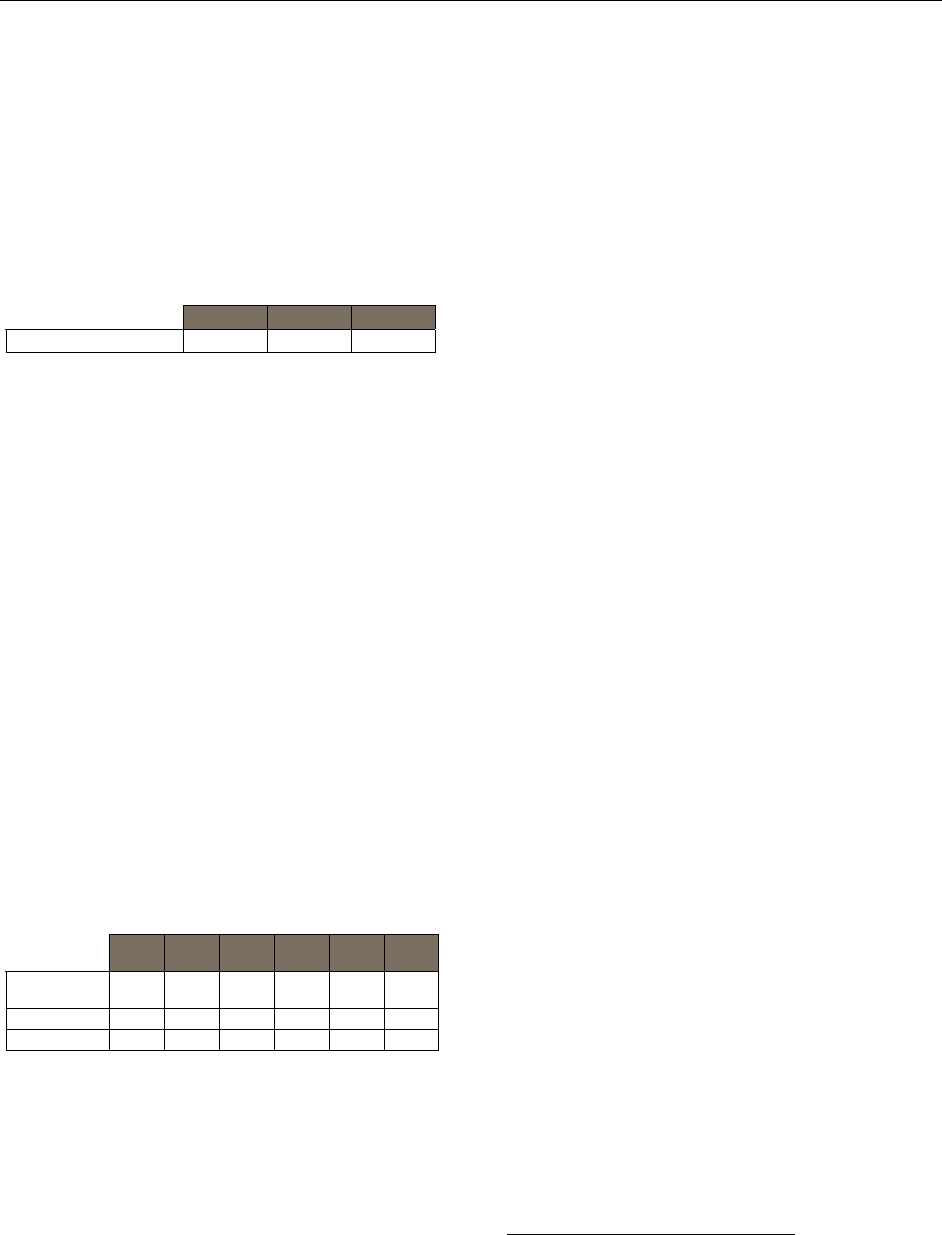Specifications

ESI Communications Servers Product Overview
3
Hardware description
System configurations
ESI-1000, ESI-600, ESI-200
The largest-capacity ESI Communications Servers —
the ESI-1000, ESI-600, and ESI-200 — are compact,
rack-mounted systems. The maximum configuration of
each consists of one Base Cabinet and the following
number of Expansion Cabinets (maximums shown):
ESI-1000 ESI-600 ESI-200
Expansion Cabinets 5 3 1
The ESI-200’s Expansion Cabinet is unique to that
model, while the ESI-1000 and ESI-600 share the
same Expansion Cabinet. If desired, the cabinets may
be wall-mounted, but rack-mounting is the preferred
method of installation.
ESI-100, ESI-50, ESI-50L
The ESI-100, ESI-50, and ESI-50L each consists of a
compact Base Cabinet with the same form factor of
ESI’s long-popular IVX products. Each accepts one
Expansion Cabinet through a “piggyback” method.
Typically, these systems’ cabinets are wall-mounted.
Processing
Processing power is provided by a Motorola
®
ColdFire
®
commercial-grade microprocessor, designed
specifically for 24/7 operation. This device houses
SDRAM for stored program control. It also interfaces
with 3 on-board DSPs that manage the HDD controller,
inter-card communications, and telephony services,
ensuring rapid, dependable communications among all
system resources: trunks, digital stations, and IP
Phones. The ColdFire processor’s model, speed, and
SDRAM capacity vary by ESI Communications Server
model:
ESI-
1000
ESI-
600
ESI-
200
ESI-
100
ESI-
50
ESI-
50L
Processor
model
MCF-
5407
MCF-
5407
MCF-
5407
MCF-
5272
MCF-
5272
MCF-
5272
Speed (MHz) 54 54 54 66 66 66
SDRAM (MB) 128 128 64 32 32 32
Power provisions
Each cabinet is powered by its own power supply.
In rack-mounted installations, a power shelf is available
that provides AC connection for each of the cabinet
power supplies. This reduces the number of AC power
outlets needed to one, instead of one per power supply.
When a UPS system is installed, only one connection
to the UPS must be made from the system, rather than
one from each of the cabinets. The power shelf is
separately fused to protect system components against
erratic power fluctuations.
Each cabinet has a grounding lug and solder terminal
for the connection of a ground wire. It is highly
recommended that all cabinets be grounded to a
common grounding point by “pig-tailing” the ground
wire from one cabinet to the one below it.
Cabinet connection
ESI-1000, ESI-600, ESI-200
Connection between cabinets on these models is made
through a SCSI (Small Computer System Interface)
cable, which is shipped with each Expansion Cabinet.
This SCSI cable extends the motherboard from cabinet
to cabinet, creating a common backplane.
ESI-100, ESI-50, ESI-50L
Connection between cabinets on these models is made
through a ribbon cable that connects between port
cards in adjoining “piggybacked” cabinets.
Main board
The Main Board houses a built-in Network Services
Processor (NSP) for all applications requiring direct
connection of the ESI Communications Server to the
customer’s local area network. These applications
include SMDR, system programming via TCP/IP, and
ESI options such as the VIP family of software
applications
1
.
The M3 (Mirrored Memory Module)
2
provides a full,
real-time back-up of system programming data and
voice messages. The M3 is designed with RAID 1
redundancy technology. If the main hard disk drive
controller senses a drive failure, it will automatically
switch to the mirrored drive and continue to run. This
switch of drives initiates an audible alarm with a visual
LED indication on the front panel of the Base Cabinet.
Fully flexible platform
Each ESI Communications Server offers impressive
expansion capabilities. On each model other than the
ESI-50 and ESI-50L, each available card slot accepts
either digital or IP cards, to allow the customer
maximum flexibility in configuration. The ESI-50 comes
with one built-in IVC (which is its maximum capacity for
IVCs); and the ESI-50 and ESI-50L each have the
capabilities of a 482 port card (see “Port cards
supported,” page 14) on the main board.
For each ESI Communications Server’s capacities,
refer to “Advantage summary,” page 2.
3
1
The ESI-50L doesn’t support VIP ACD Supervisor, VIP ACD Agent,
or VIP Softphone.
2
Standard on the ESI-1000; optional on the ESI-600 and ESI-200; not
available for the ESI-100, ESI-50, or ESI-50L.
3
See also “Capacity constraints,” page 9.










